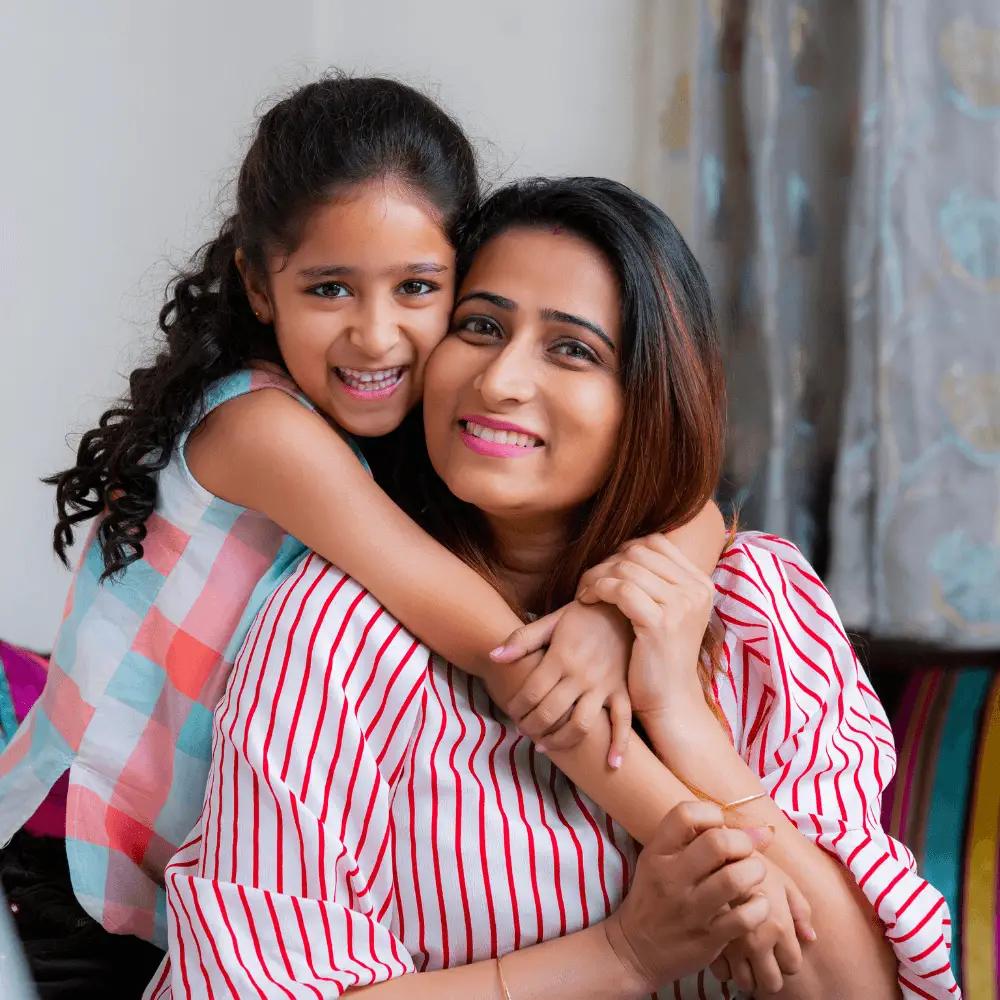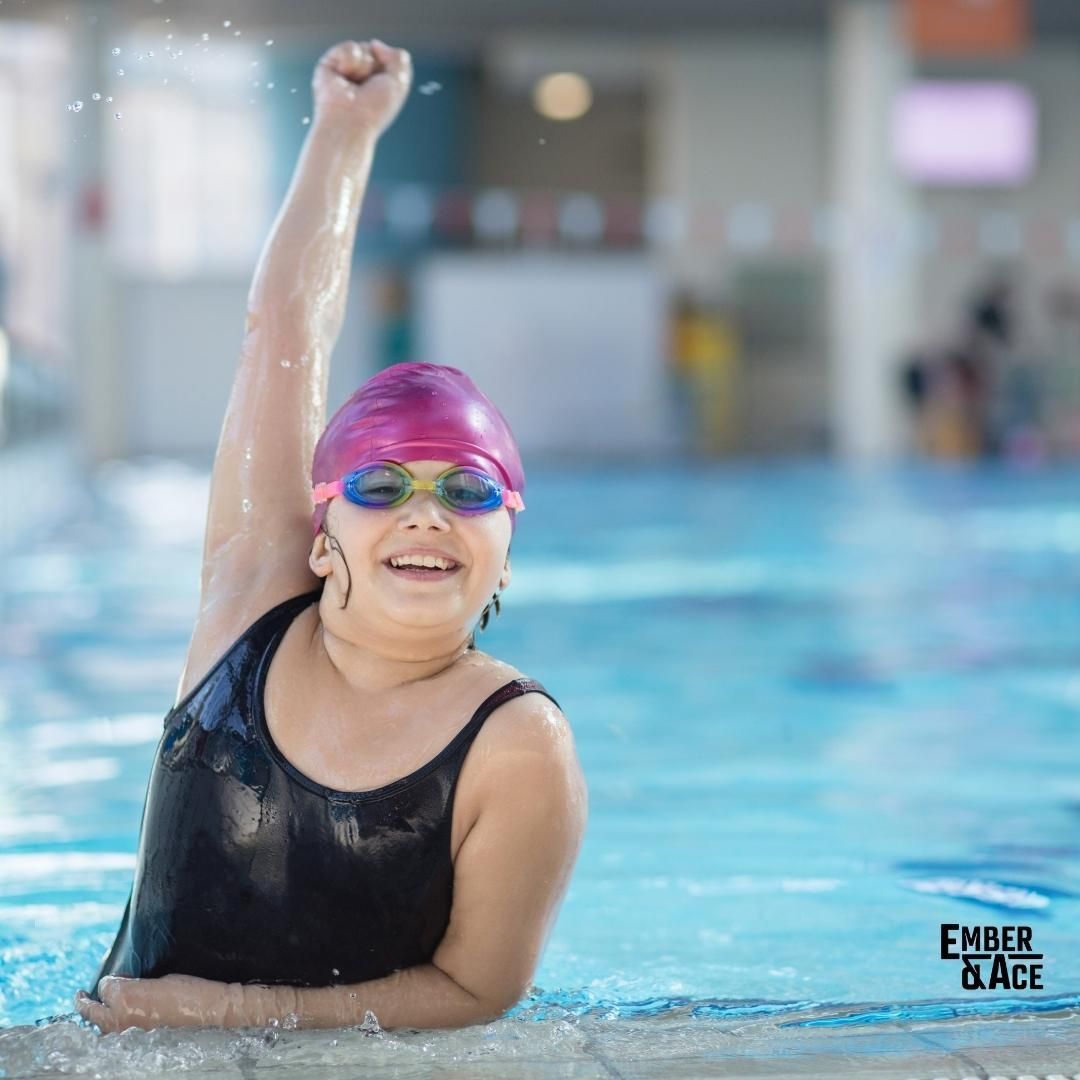If you ask any plus size adult about their childhood, you are more than likely going to get stories of issues surrounding body image and/or complicated relationships with food, that were often commented on by close family members. We are attempting to break generational trauma by becoming better role models for our children since we have seen the impacts first-hand.
We spoke to a few experts, doctors, and have rounded up a list of tips for raising children to be body positive, or at least body neutral. This can also be useful if you’re a parent, a close relative, or even friends with people who have children and are looking for a few tips for yourself!
6 Tips for Raising Children (and Yourself) in a Body Positive Environment
1. Lead by Example
Surely, we all have memories of our parents’ relationships with their own bodies. Whether it was negative self-talk, comments others made to them, or how they dressed to hide certain parts of their bodies. Children are like little sponges and soak up all the information around them!

We asked @thatfatdoctor, Doctor of Clinical Psychology, their opinion on how parental behavior affects children. Katelyn states, “Children learn about the world through observing their parents. If they see a parent checking their body in the mirror, they learn to check their body in the mirror. If a guardian is hyper-focused on food, they will learn to judge themselves as if food has morality and what they eat determines their self worth. It’s a slippery slope that is to easily preventable – model love and tolerance and acceptance instead.”
One of the best ways to raise them in a body positive environment is to be conscious of the things you’re saying about your own body. Even if there are parts of yourself that you’re still working on loving, put a positive spin on it! Acknowledge that all bodies are different and that’s what creates beauty.
2. Talk About Representation in Media
It’s important to talk to children, especially teenagers, about the lack of diverse body representation in TV, movies, magazines, and social media. If they don’t see themselves reflected in the media they’re consuming, it’s important for them to know that it doesn’t mean their bodies aren’t normal.

Seek out body positive focused influencers and positive role models for them – those who show unfiltered diverse bodies and how beautiful they are!
Everything, pictures AND videos, can be edited to the point that bodies don’t even look real anymore. Seeing airbrushed and predominantly thin “flawless” bodies only set children up to have unrealistic expectations about their own bodies. Reassurance that their body is perfect for them is key.
3. Attitudes Toward Physical Activities
This is a difficult concept for adults to grasp because it likely wasn’t the way we grew up. Physical activity should be a celebration of movement, AKA joyful movement. It should be something that you enjoy that makes you feel good. It should never be used as punishment or portrayed as only a way to lose weight or to change your body shape.
Help them find something that works for them. Whether it’s sports, dance, walking, yoga, skating – it’s important that children understand that physical activity can improve mood and sleep, can be something you do socially with friends or alone, and can be fun!
4. Healthy Relationships with Food
There are many dietitians and nutritionists who discuss this topic specifically on social media because so many of us grew up with disordered relationships with food. Erica MS, RDN, who goes by @listennutrition on TikTok is one of those dietitians. She states “One way we can help kids develop a positive relationship with food is to teach them there are no ‘bad’ foods. Instead, we can teach them that foods contain different nutrients and make us feel differently when we eat them.”
Erica continues, “When kids think of food in moralistic terms like ‘good’ and ‘bad,’ it can trigger guilt and disordered eating behaviors. We can spread the message that all foods provide our bodies with energy and it’s okay to incorporate fun foods and nutrient-dense foods in a healthy lifestyle – it doesn’t have to be all or nothing.”

Whether you grew up in a “clean your plate” household or lived with an “almond mom,” a lot of our eating habits as adults were formed as children. To combat this cycle, like Erica mentioned, it’s a good idea to discuss the importance of eating nutrients needed to sustain energy, but also emphasize that it’s ok to stop eating when you’re full. Plates don’t need to be clean if half of your plate fills you up.
Another tip many dietitians and nutritionists recommend is having dessert already on the dinner plate. This helps children look at different types of food equally. If sweets are something that is withheld, that could make for an adulthood where that’s all they want to eat since they are now in control.
5. Limit Body-Focused Comments
Part of growing up is learning about yourself and unfortunately, some of that learning comes from outside sources and it is not always body positive. Try to focus praise on internal attributes.
“You’re so smart!”
“You’re so kind!”
“You have a great sense of humor!”
Self-esteem is very important during the formative years and emphasizing those internal attributes or talents that a child has will go a long way to build them up.
6. Correct Misinformation
Our children have so much interaction with others outside of their family. Whether it’s teachers, their friends, teammates – they will inevitable absorb information that’s completely contrary to the Health at Every Size model.
If they come home saying things that differ from what you have taught them in the past, gently redirect them. For example, explain that healthy habits are important and you can’t tell someone’s health from their weight.
Parting Thoughts
The best thing you can do for child is express how much you love and accept them unconditionally. Helping them feel confident in themselves can be a long-lasting lesson on positive body image and even how they view others.











